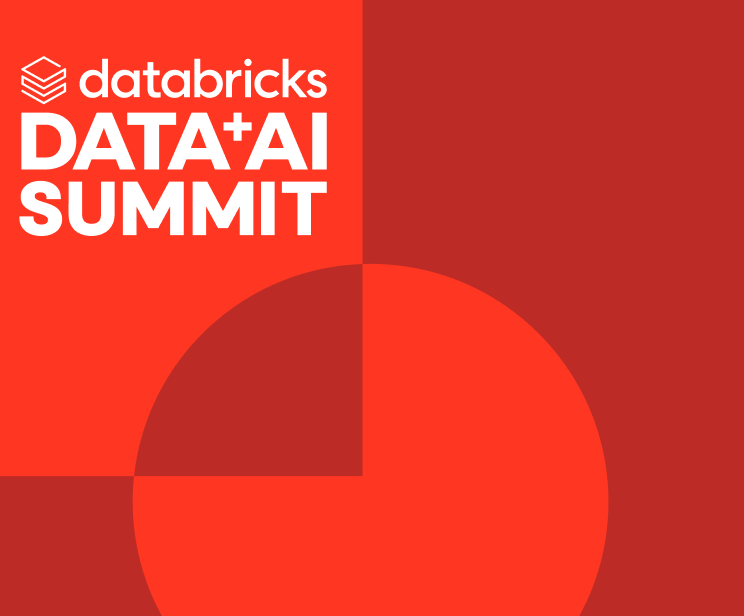Skip to main contentSubscribe ![Booting Databricks VMs 7x Faster for Serverless Compute]()
![Mosaic AI Model Serving dashboard for deploying and managing fine-tuned LLaMA models.]()
Engineering Posts
Databricks’ engineering efforts, open source developments, and advancements in AI agent systems
Featured stories

Data Engineering
November 25, 2024/9 min read
Booting Databricks VMs 7x Faster for Serverless Compute

Product
December 10, 2024/7 min read
Batch Inference on Fine Tuned Llama Models with Mosaic AI Model Serving
All posts
Loading...
Data Intelligence for All
Never miss a Databricks post
Subscribe to our blog and get the latest posts delivered to your inbox
